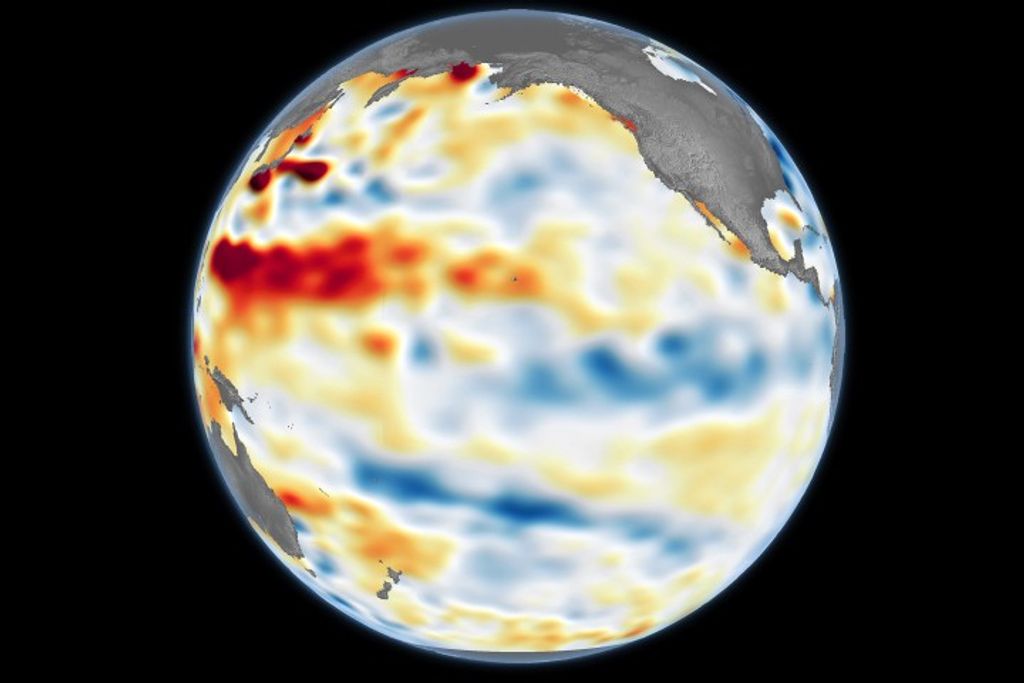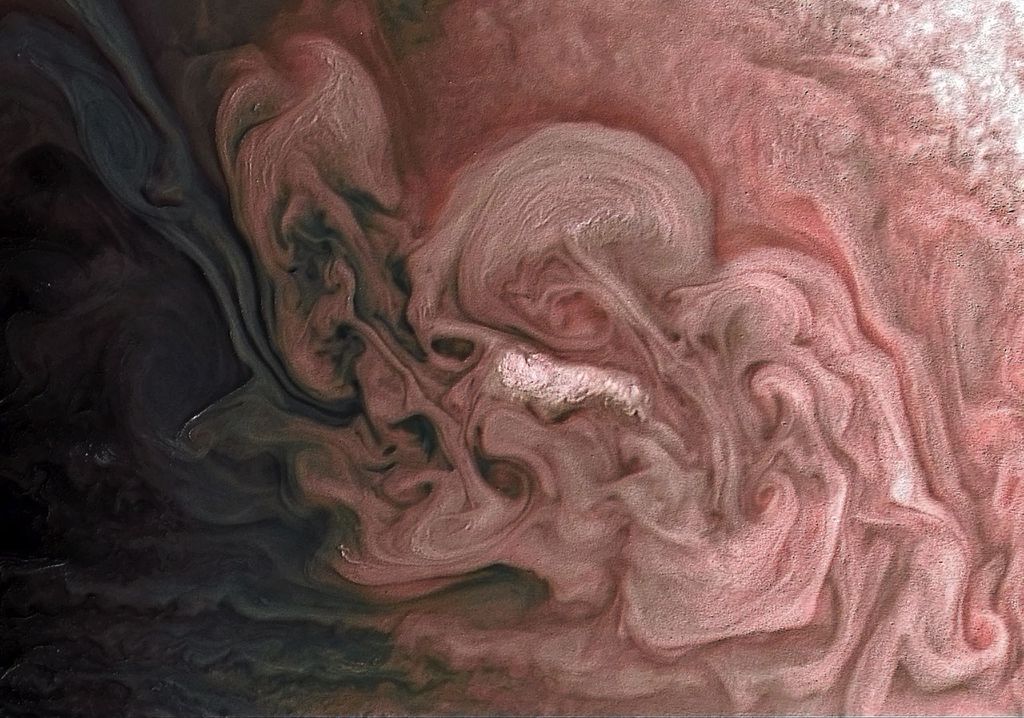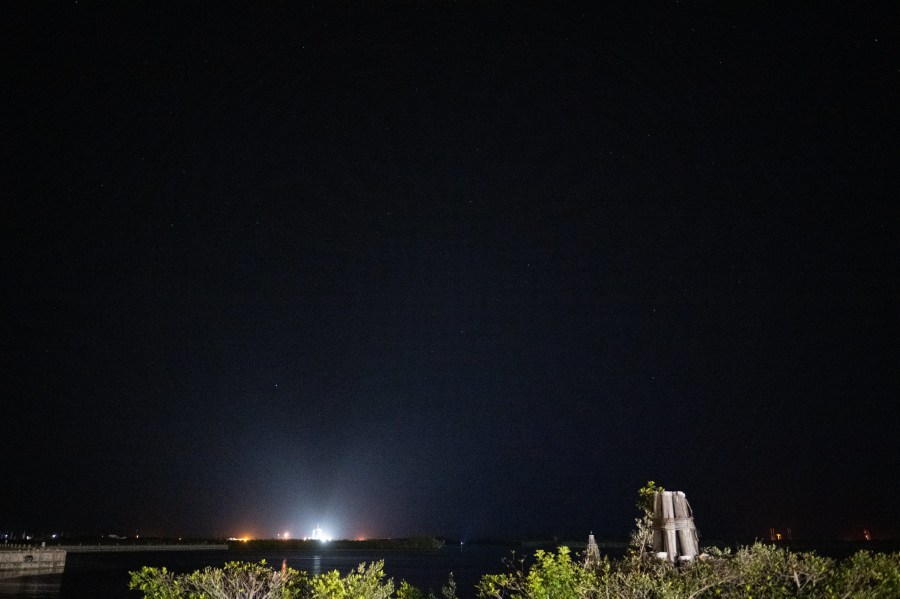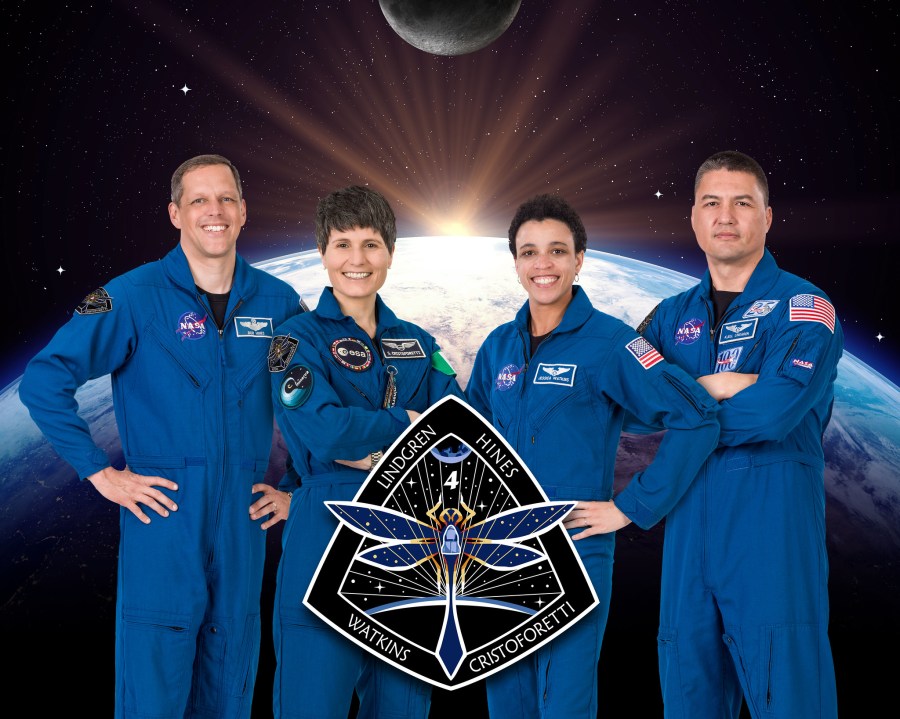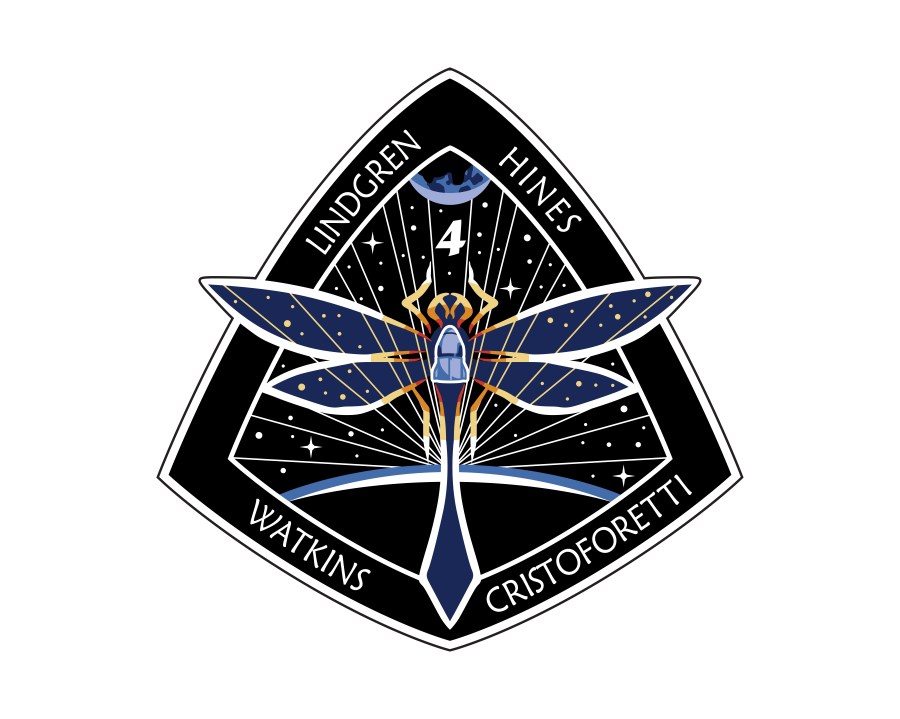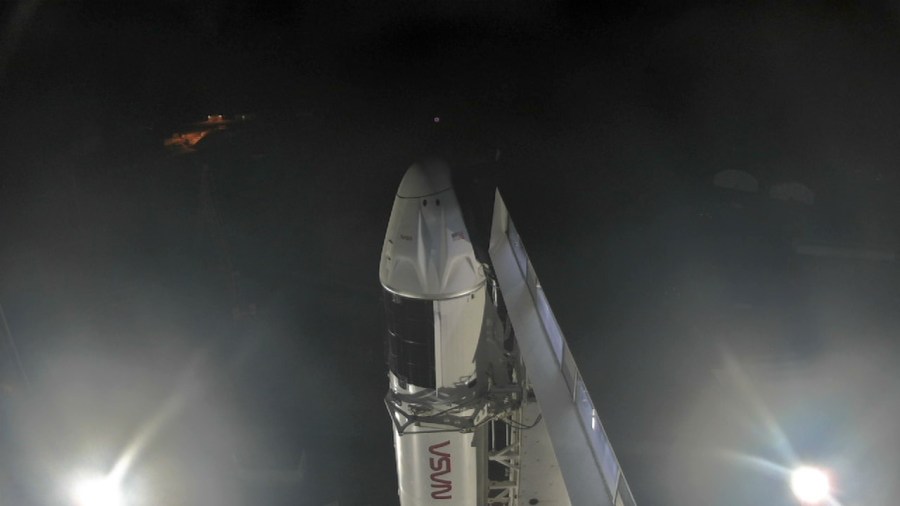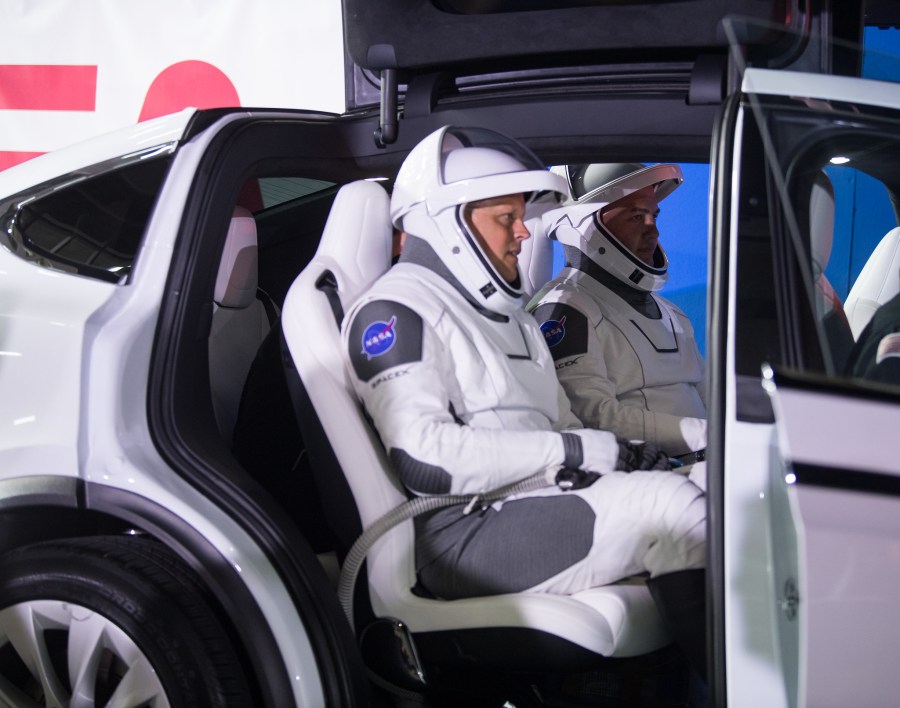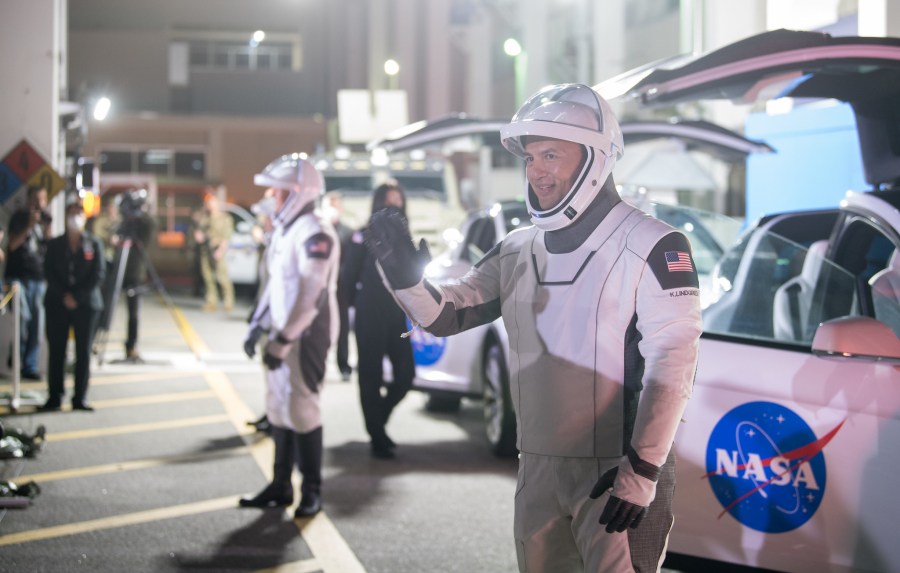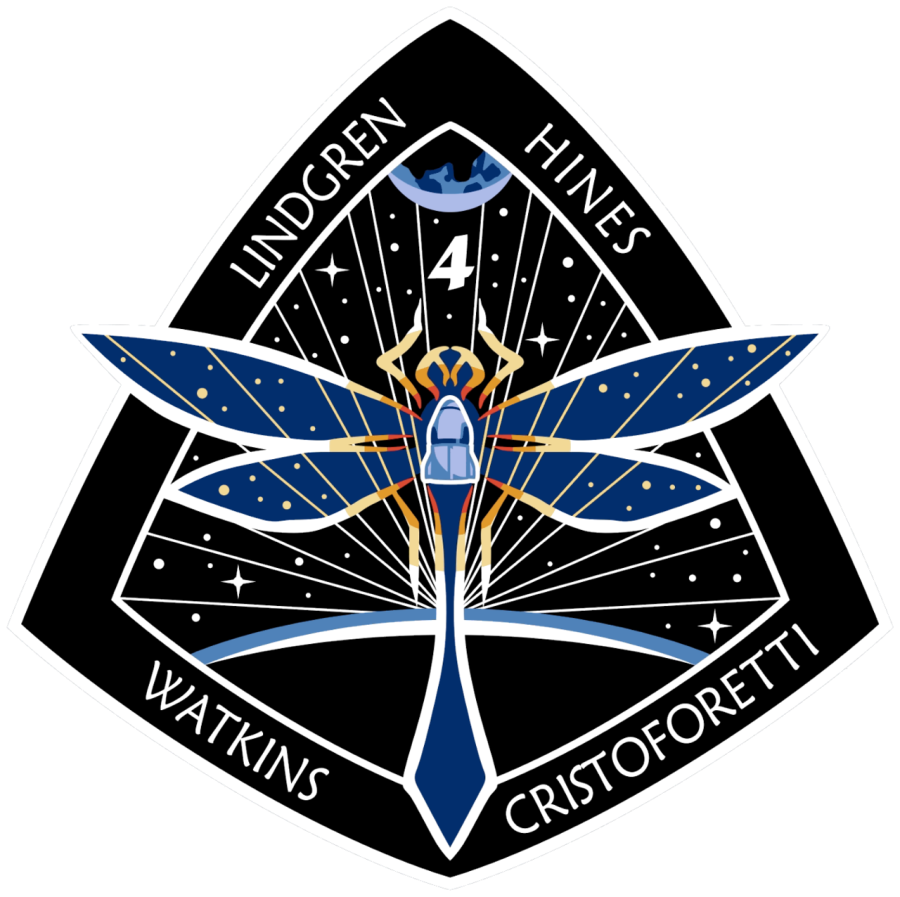The crew access arm has retracted and, in just a few minutes, Crew Dragon Freedom’s launch escape system will be armed. This will allow the Crew-4 astronauts to escape safely in the unlikely event of an anomaly from the moment the SpaceX Falcon 9 rocket lifts off until the time they reach orbit – a …
Crew Access Arm Retracts










